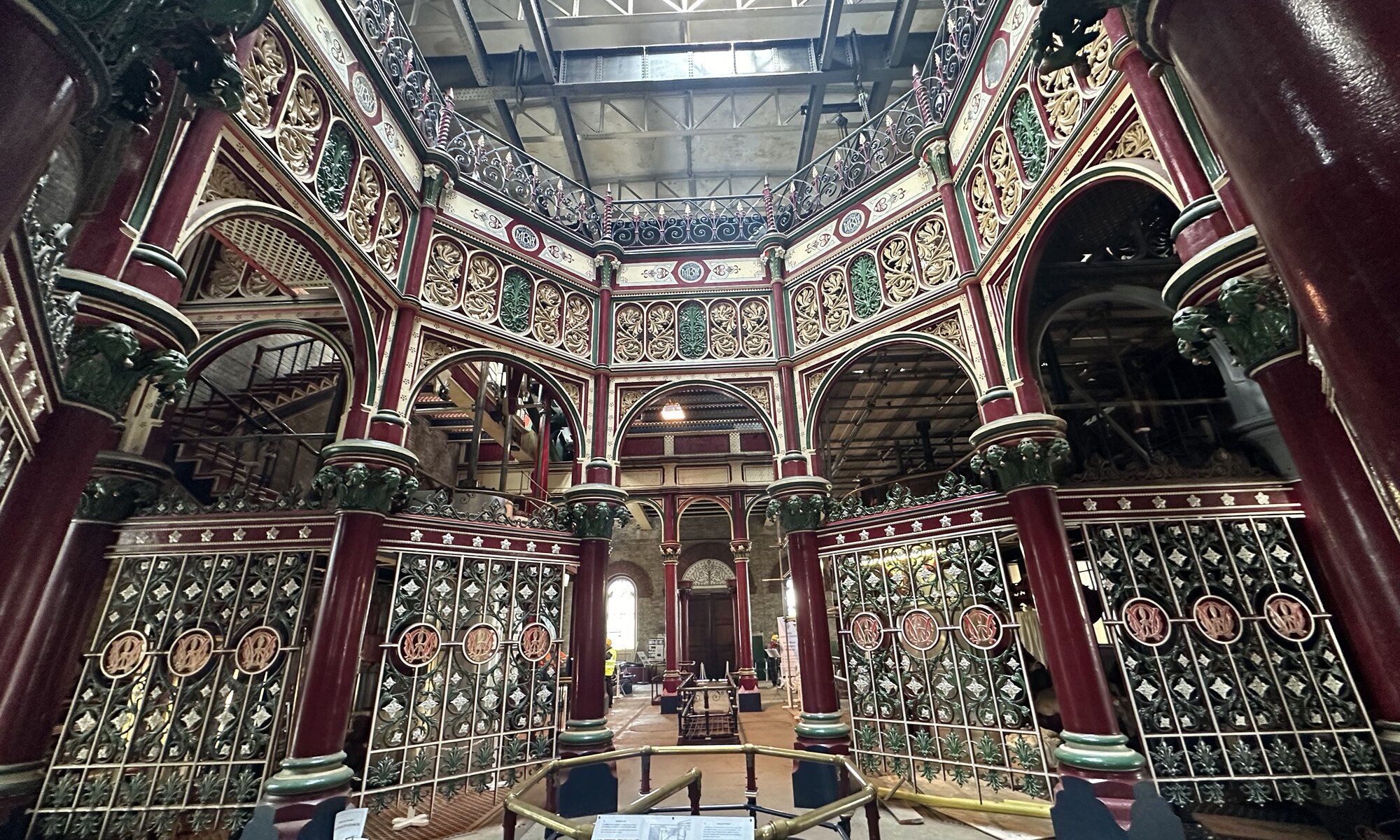It is an unusual place to visit at London, but also an impressive one: the Victorian-era Crossness sewage pumping station. The fast growing city had a massive problem to get rid of the human waste produced by the rising number of inhabitants. Initially, cesspits were used that had to be emptied by the night soil men: they’ve put the solid remains (and ‘night soil‘ was the euphemism for them) on their carts and sold them to farmers on the land surrounding the city as fertilizer. On the way back they used the same carts to transport grain into the city. Well, hygiene wasn’t so well developed in these days.
As London grew the pee and wee got more and the distances the night soil men had to take to the farms got too long. The cesspits were connected to the river Thames which was unfortunately also the water source for many Londoners. Cholera became a massive problem. In the summer of 1858 the so called Great Stink appeared. The summer was hot, there was not many water in the Thames and the river consisted to 20 % of human feces which could be smelled everywhere, but especially in the Houses of Parliament situated directly next to the river.
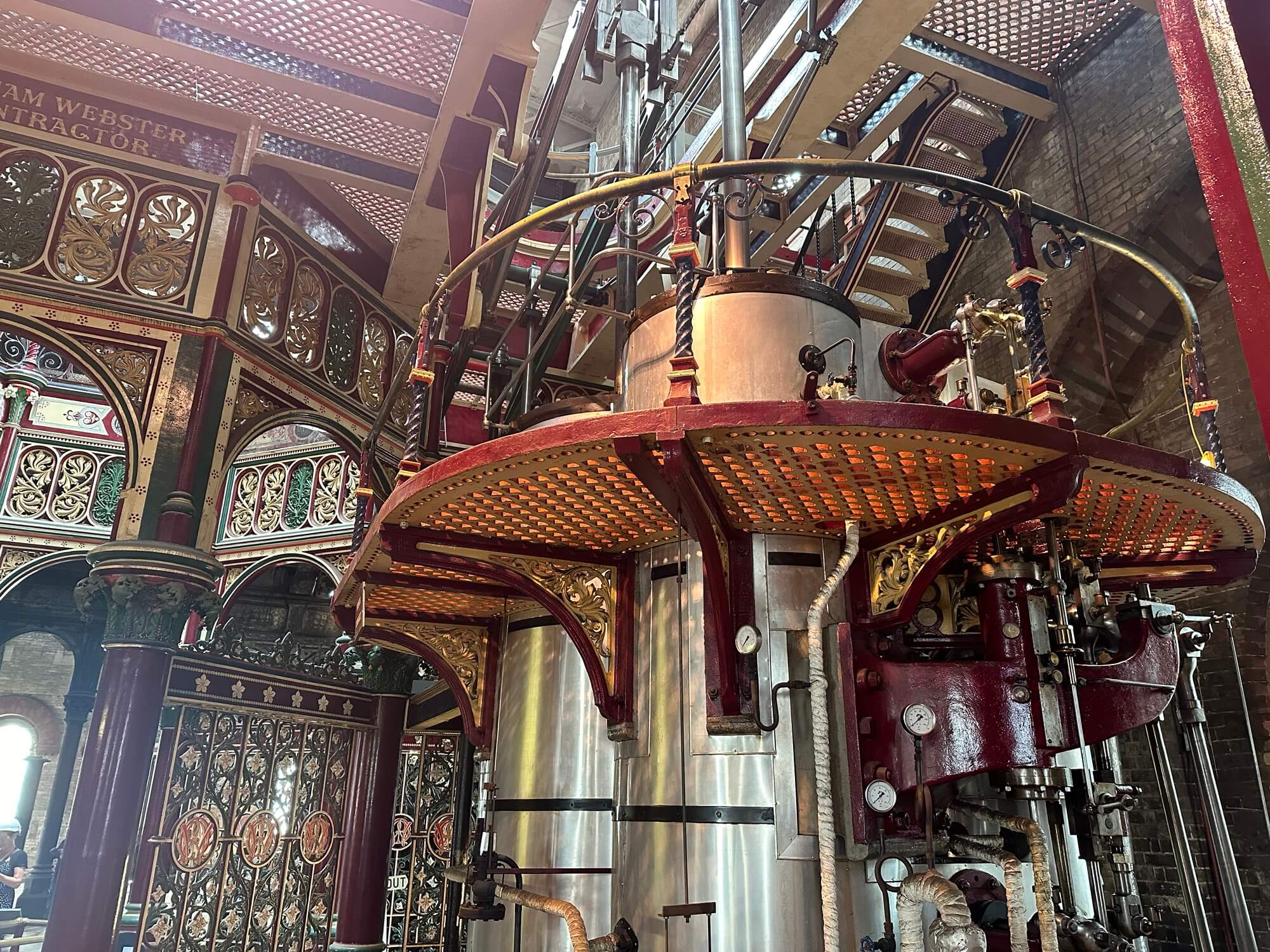
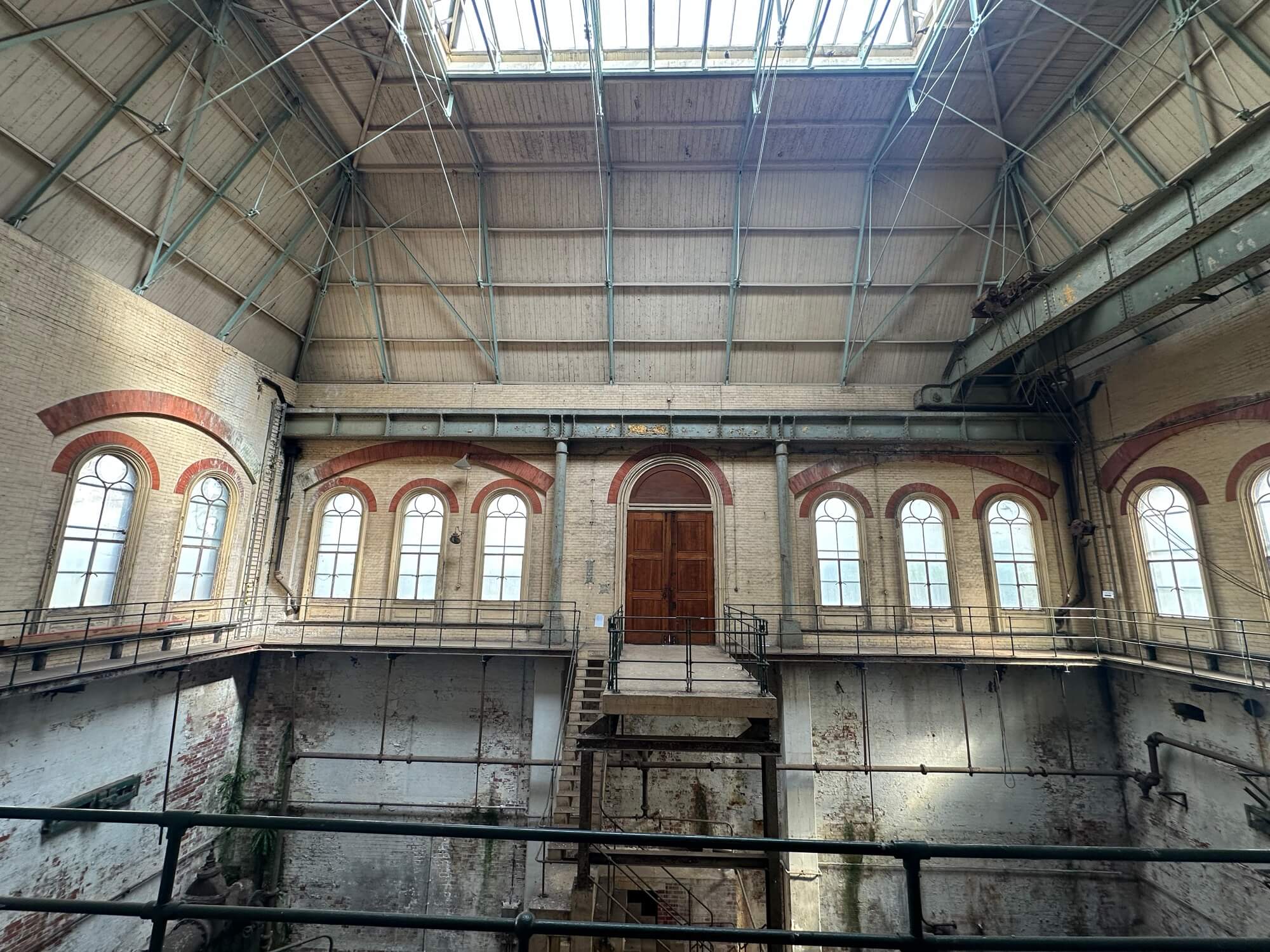
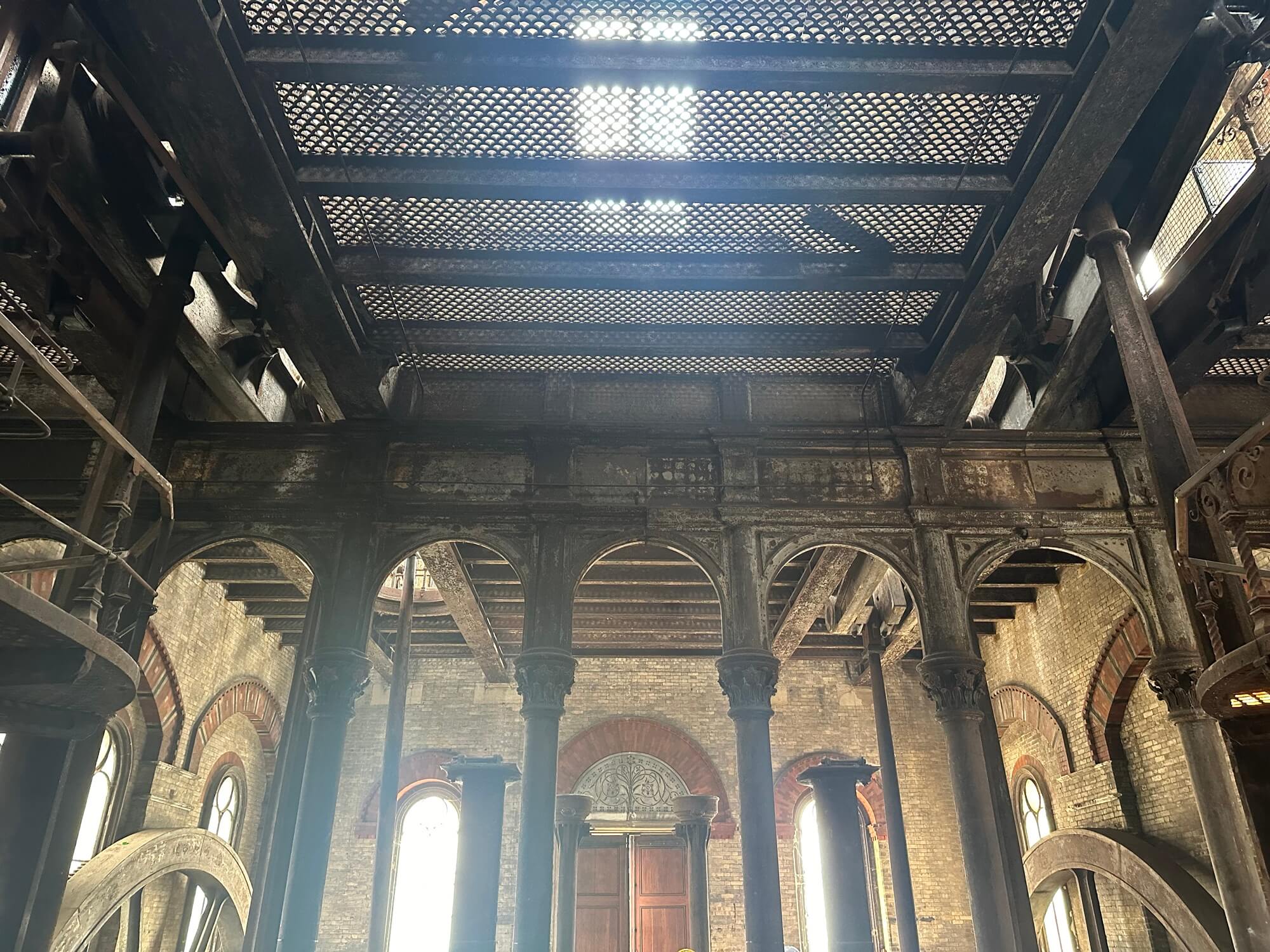
As a result Joseph Bazalgette was ordered to create a proper sewage system and to solve this issue. According to his plans the sewage runs underground along the river and the low declination is sufficient to transport it out of the city. The embankments on which we walk today along the Thames (the Albert, Chelsea and Victoria Embankments) are in fact sewage systems. Only in some places like Abbey Mills, Chelsea, Crossness or Deptford the human waste had to be pumped up. First it was released at ebbing tide into the river, later it was at least filtered.
One of these impressive steam-powered pumping stations can be visited: the Crossness Pumping Station. It was built between 1859 and 1865, looks impressive from the outside and the inside. Crossness was in use until 1953 and is since 1970 a protected heritage. When it was opened in 1865 the Prince of Wales, the Duke of Cambridge, the Archbishops of York and Canterbury as well as the Lord Mayor of London were on site. This shows the massive importance of this special building. The names of the pumps were also royal: Alexandra, Albert Edward, Prince Consort and Victoria. They raised the sewage between 9 and 12 meters.
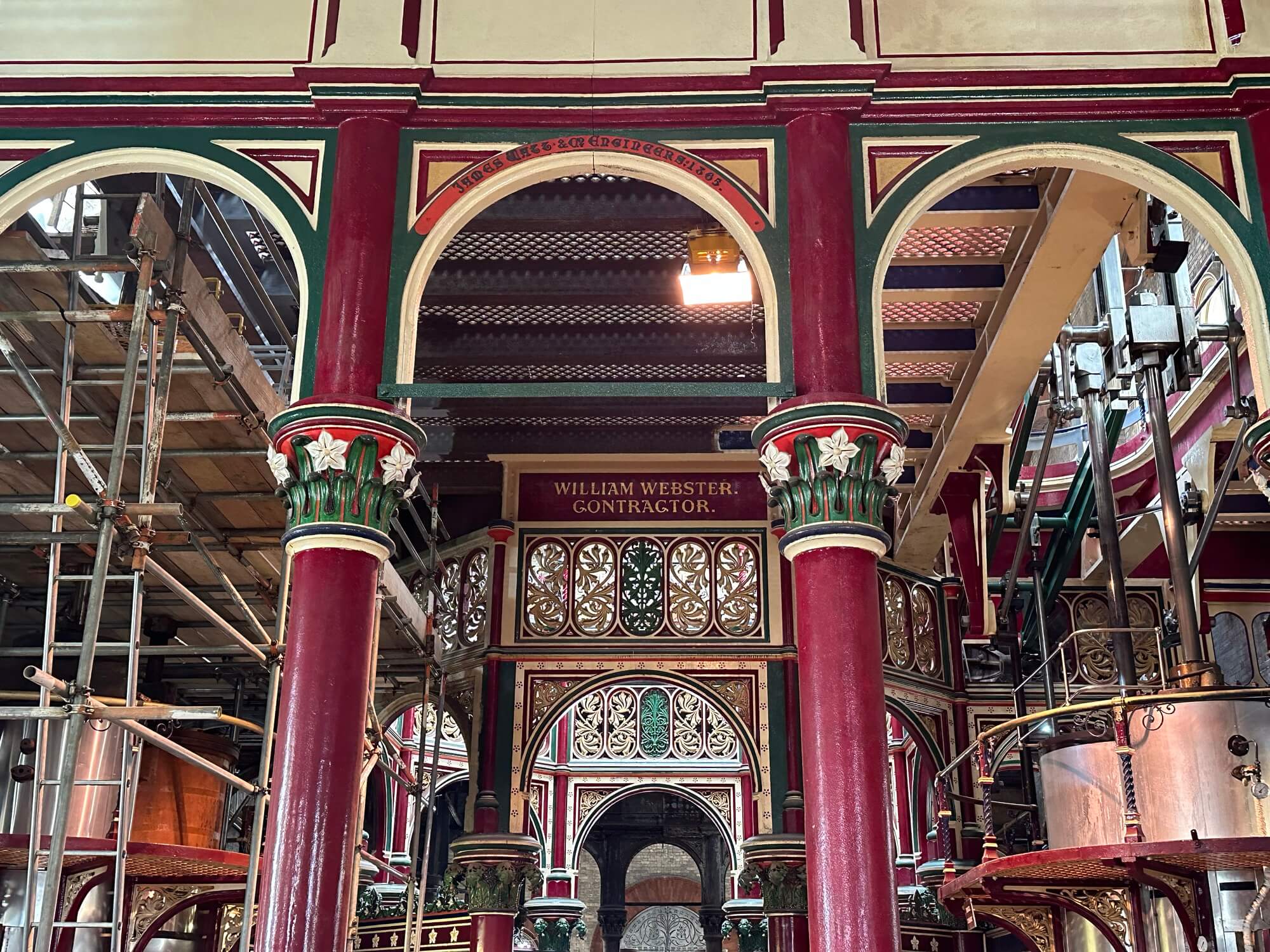
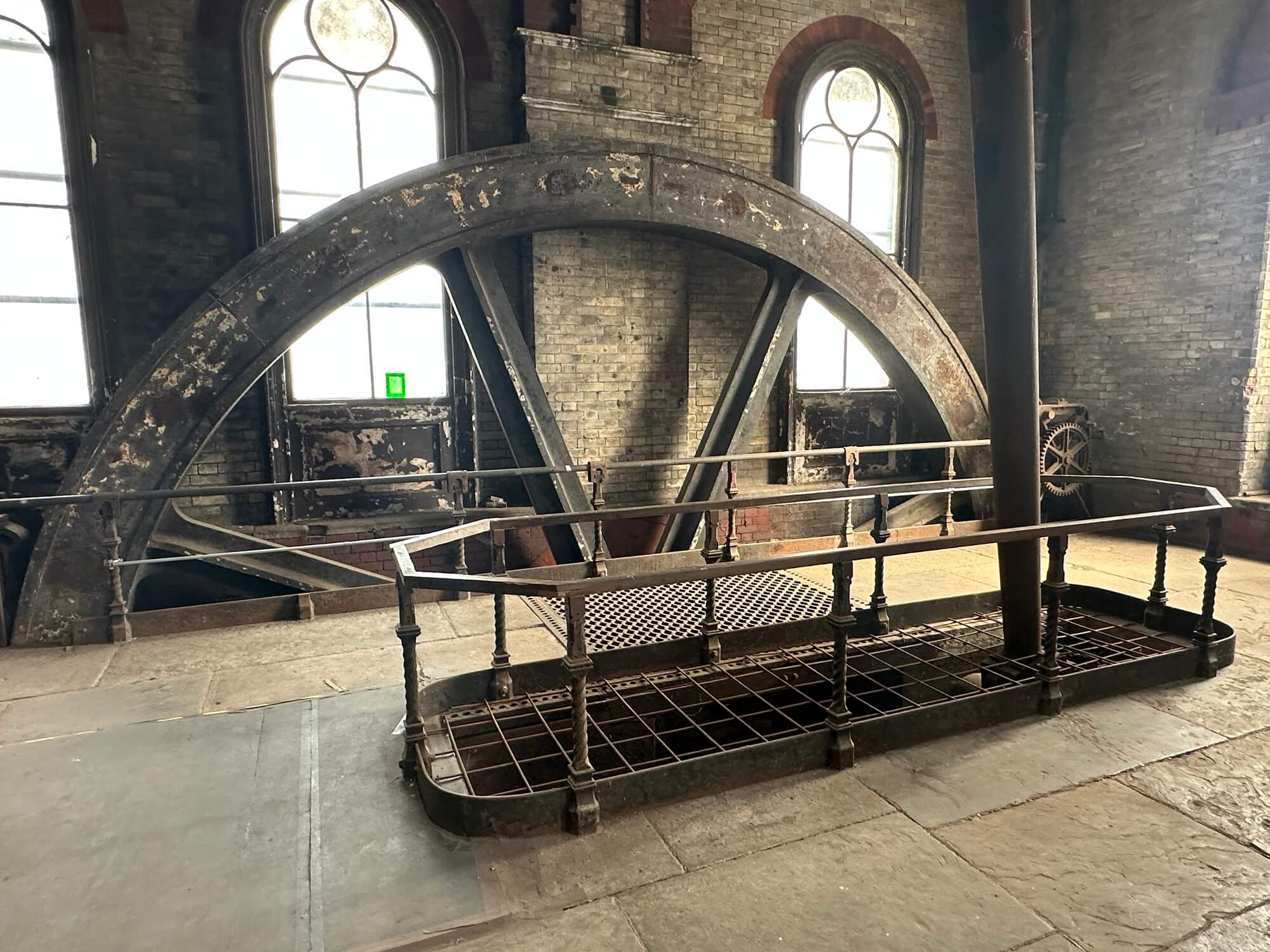
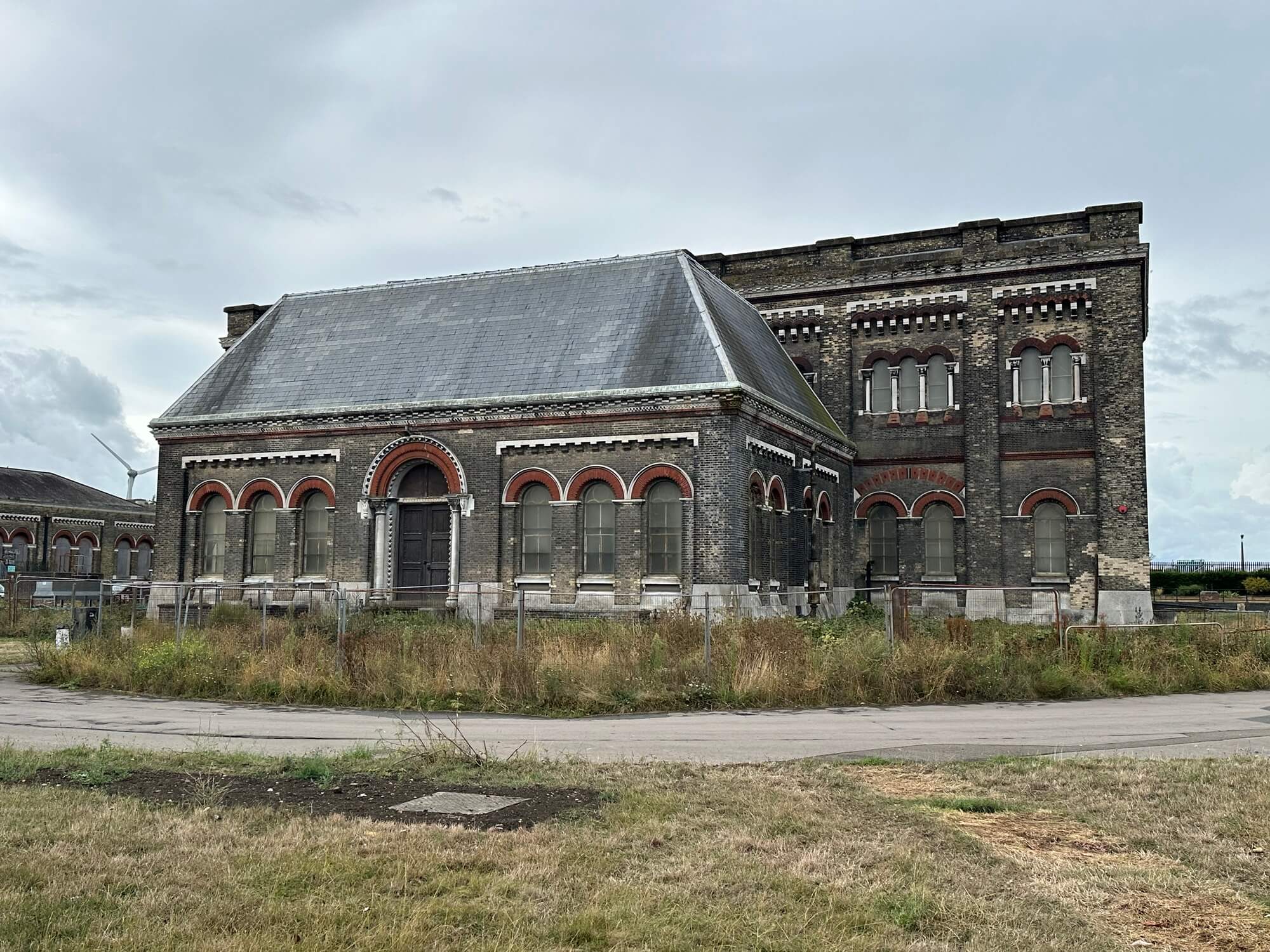
Crossness Pumping Station is preserved by volunteers and therefore only open on special days throughout the year. Make sure to buy a ticket online in advance. The closest subway stop is Abbey Wood on the Elizabeth Line. When the pumping station is open an old-timer London bus is used as a shuttle every 30 minutes. Do yourself a favor and take the shuttle from Abbey Wood – walking to Crossness is not an option and it is especially not accessible from the river side. Believe me, I tried it out for you. By the way: you might have already seen Crossness; it was used as a backdrop in the movie Sherlock Holmes (2009).
Crossness Pumping Station
Abbey Wood
London
England
United Kingdom
Loading map...


